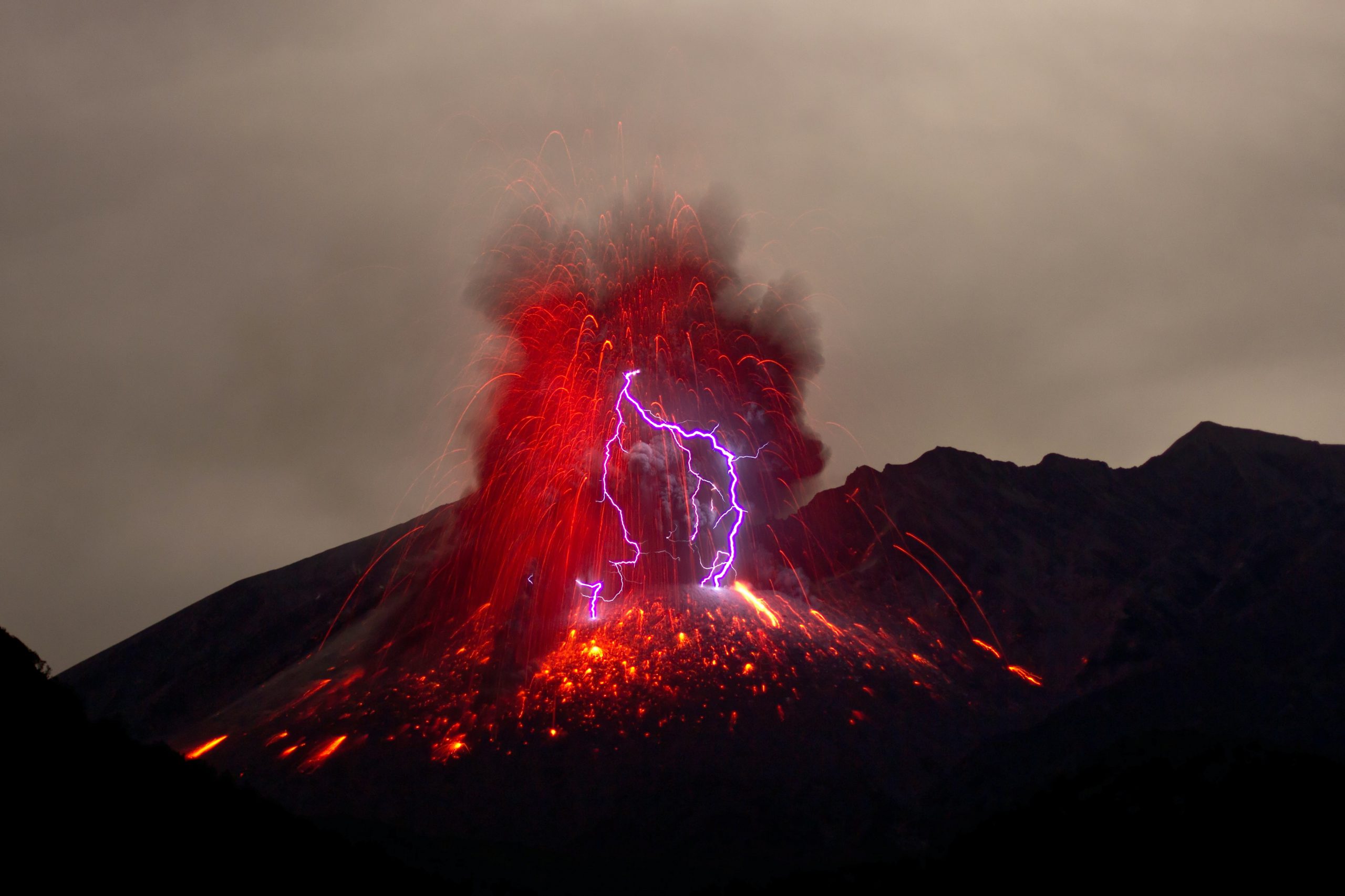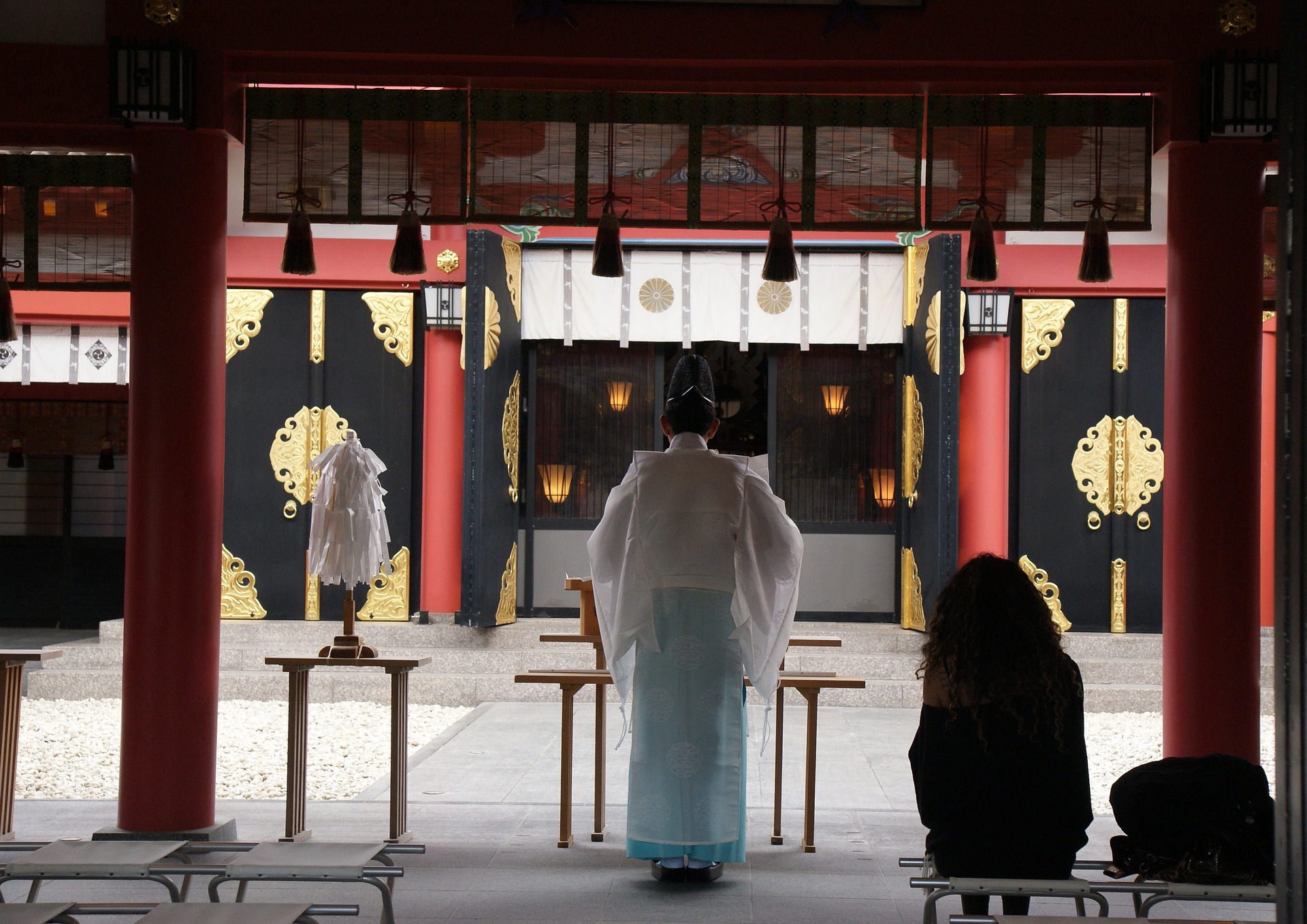Despite its small size compared to the rest of the world, Japan is home to around 10% of Earth’s active volcanoes. There are 111 active volcanoes and if you include inactive volcanoes, there are in total 440 volcanoes in Japan. Though you aren’t likely to see an eruption while you’re in the country, there are examples of volcanic activity across Japan’s islands, from the many mountain peaks to the warm baths of Japan’s array of onsen hot springs.
If you’re planning a visit to the country and want to see an active volcano or enjoy the warmth provided by the heat emanating from the earth, the good news is that you have a wealth of choices. Whether you’re hoping to take on a hiking challenge or relax in a soothing bath, here is a small sampling of some of the most popular places in Japan that are the result of volcanic activity.
1. Mt. Fuji
Due to its easily-accessible location, array of hiking options, and striking beauty, Mt. Fuji is far and away the most famous mountain in Japan, and its tallest at 3,776 meters. People come from all over the world to go hiking on Fuji in the summer. What you may not know about Fuji is that it is an active stratovolcano, meaning it has layers of hardened lava creating a steep slope with a crater at the top. These are the most common type of volcanoes on Earth, and thanks to their highly viscous lava, eruptions pose less danger as the lava generally cools before traveling far. While Fuji has not erupted since 1707, scientists are prepared, as an eruption could happen soon, and the volcanic ash could carry quite a distance, affecting major cities like Tokyo.

2. Mt. Aso
Japan’s most active volcano is Mount Aso in the centre of Kyushu. The most recent eruption of Mount Aso was in 2016. The volcanic activity has calmed down since, but the activity level is still high and when visiting the area you might not be able to approach the crater. Mount Aso has a huge caldera, with a circumference of around 120 km it is amongst the worlds largests. In the center, the spectacular volcanic peak Mt. Nakadake attracts a large number of visitors year round. The crater of Nakadake is 600m in diameter, 130m in depth and 4km in circumference and inside lies a beautiful fuming blue lake. You can access the crater by car or take the ropeway up to the top. You can also hop on the bus from Aso train station. Note that access can be restricted because of the toxic gases released from the Nakadake.

3. Kirishima Mountain Range
The southernmost of Japan’s four main islands is Kyushu, famous for its natural beauty as well as its many volcanic peaks. On the border of Miyazaki and Kagoshima prefectures lies the Kirishima Mountains, a group of active volcanoes that includes Karakuni-dake, its highest peak at 1,700 meters. Renowned for its many onsen locations, Kirishima is a fantastic place to visit if hiking and soaking in hot springs is what you’re all about.

4. Sakurajima
Another volcano in Kyushu, which is among the most active volcanoes on Earth, is Sakurajima. The stratovolcano erupts about 100-200 times each year since 1955, with spectacular-looking plumes dropping ash on the surroundings. The volcano smokes constantly, and minor eruptions often take place multiple times per day. The former island has become a peninsula since a powerful eruption in 1914. It is the most prominent feature of Kagoshima Bay and has logically become a symbol for the city of Kagoshima. Take a half-day private tour to catch some of the great views of Sakurajima and visit the volcano with a local guide.
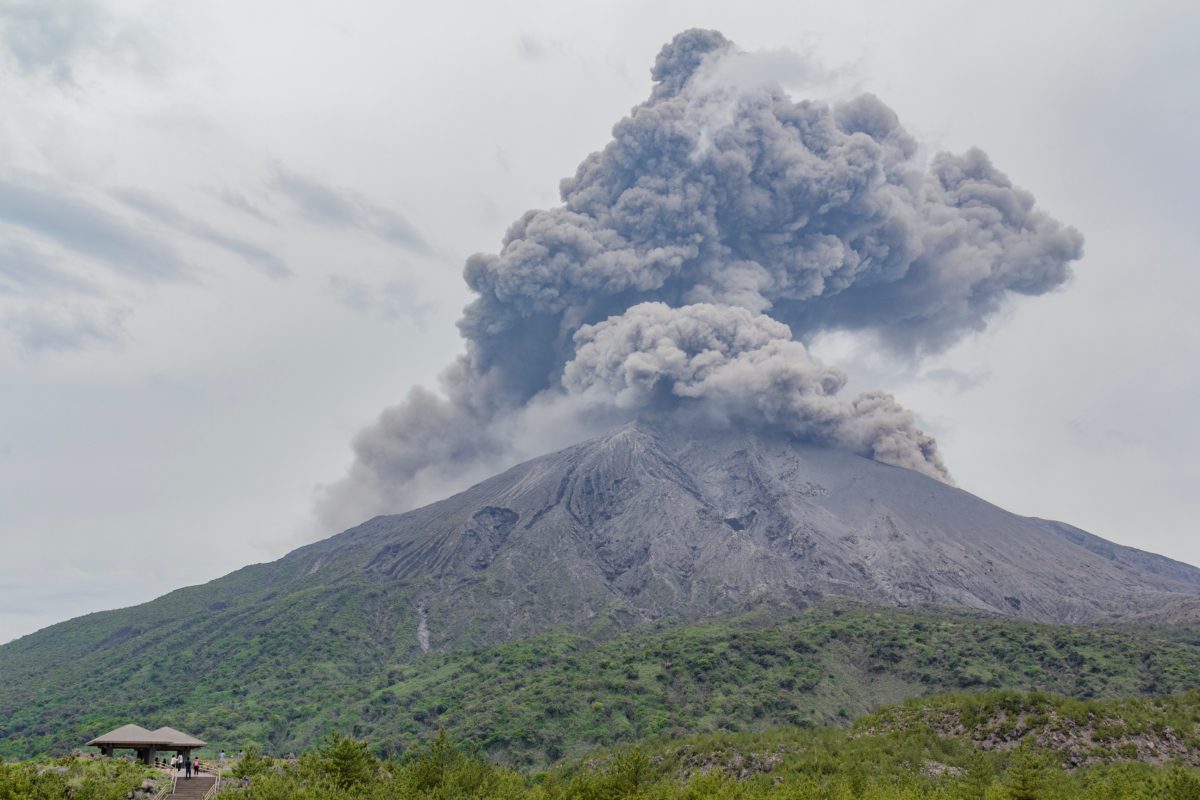
5. Zao Mountains
In northern Honshu lies a cluster of volcanoes known as the Zao Mountains, home to the Okama Crater and its Five Color Pond that was formed by an eruption in the 1720s and changes color with changes in sunlight. The mountain range is located on the prefectural border between Yamagata and Miyagi. The area is a popular destination during the spring cherry blossom season as well as in the winter when tourists can take advantage of nearby skiing and onsen. The water of Zao Onsen is quite acidic, and the smell of sulfur engulfs the entire town. Nothing beats soaking in these waters after a full day of hiking the Okama crater and skiing around the snow monsters of Zao Onsen!

6. Daisetsuzan National Park
The largest national park in Japan, Daisetsuzan, is located in the center of Hokkaido and features many volcanic peaks. The tallest mountain on Hokkaido is Mount Asahi, at 2,290 meters. Asahi-dake is popular with hikers in the summer and fall, and is close to Asahidake Onsen, which features hot springs. Asahi-dake has not erupted for thousands of years, but some volcanoes in the area have erupted in the last 100 years.

7. Mt. Esan
On the very southern tip of Hokkaido, near the city of Hakodate, lies Mount Esan. At only 618 meters above sea level, it’s is an easy peak to reach, taking only about an hour. There are many tours for those who wish to visit, so if you’ve always wanted to say you’ve been on an active volcano (the last eruption was in the 1800s) and find yourself in the area, this is a good option.
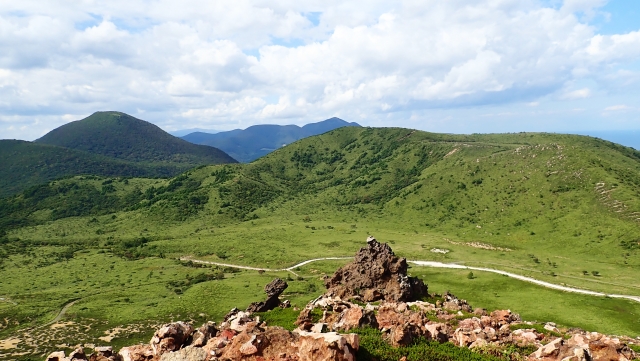

8. Mt. Meakan
In the eastern part of Hokkaido is the Akan Volcanic Complex, a group of volcanoes that all come from the same caldera, or empty magma chamber. Akan Mashu National Park is known for its lakes, but adventurous types can seek out Mount Meakan, which has a triple crater at its summit. The Meakan-dake Loop Hike takes visitors up two different cones. It’s also worth taking the time to visit the Lake Akan area, known for its green marimo balls.

9. Rishiri Island
Located off the coast of Hokkaido, Rishiri Island is formed by the extinct volcanic peak of Mount Rishiri, which reaches an elevation of 1,721 meters. Though its last eruption was thousands of years ago, the area is famous for its natural beauty and incredible views, along with populations of birds like black-tailed gulls and Japanese robins. It is not the largest or most accessible spot in Japan, but is great for anyone who wants to get off the beaten track and those who can handle difficult hikes.
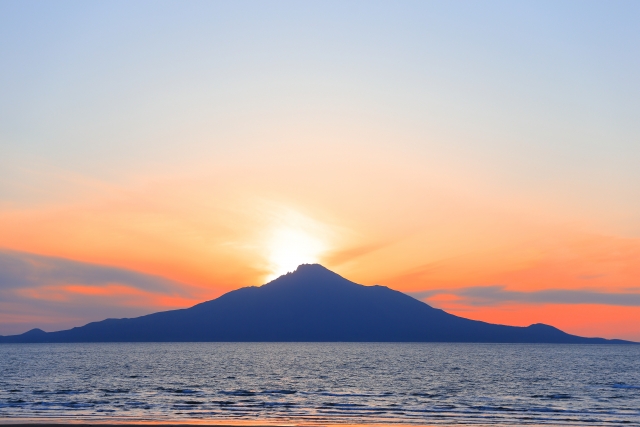
10. Jigokudani and Noboribetsu
One of the most famous spots for onsen in Japan is the Jigokudani, or Hell Valley, located south of the city of Sapporo in Hokkaido. The area has steam vents where you can witness volcanic activity up close, as well as Noboribetsu, one of the most famous hot spring locations in all of Japan. It’s important to note that the term Jigokudani, used for this area with steam plumes and hiking paths, is also attributed to other places, such as the famous monkey park on Honshu. If you’re doing research online, make sure you know which one you’re booking a trip for!

Jigokudani Monkey Park
The other famous Jigokudani is located in Honshu, in Yamanouchi, which is in Nagano Prefecture. What makes it so famous is its population of wild Japanese macaques, aka snow monkeys, that emerge from the forest to soak in the onsen. You may have seen photos of these satisfied monkeys online, and they are quite a popular attraction among Japanese and foreigners alike. Even if you hadn’t planned on taking a dip in an onsen, seeing them enjoy themselves might change your mind.

11. Beppu Hells
Another popular onsen area with a brash name is the Beppu Hells, located on the island of Kyushu. What makes these hot springs different from the others we’ve mentioned is that you can’t soak in many of them because they’re too hot, reaching temperatures over 100 degrees Celsius. The different pools have different qualities, including the Umi Jigoku, which is blue and covered in steam, and the Chinoike Jigoku, or Blood Pond Hell, which is bright red in color because of the high iron and magnesium levels in the water. There is also the Kamado Jigoku, or Cooking Pot Hell, where it’s possible to cook your food in the steam from the hot spring. There are other nearby places where you can soak, but regardless of whether you enjoy getting in the baths, these photogenic hot springs are worth your time. A fun way to explore the area is by bicycle; ride down to the coastline and enjoy the lush scenery along the way.

If you’re planning a visit to the country and want to see an active volcano or enjoy the warmth provided by heat emanating from the earth, the good news is that you have a wealth of choices. Whether you’re hoping to take on a hiking challenge or relax in a soothing bath, here is a small sampling of some of the most popular places in Japan that are the result of volcanic activity.
Follow us on Instagram or Facebook for more travel inspiration. Or tag us to get featured!
Happy traveling!
Other articles you might enjoy
This post contains some affiliate links. When you click through and make a purchase we may receive some commission, at no extra costs to you.
